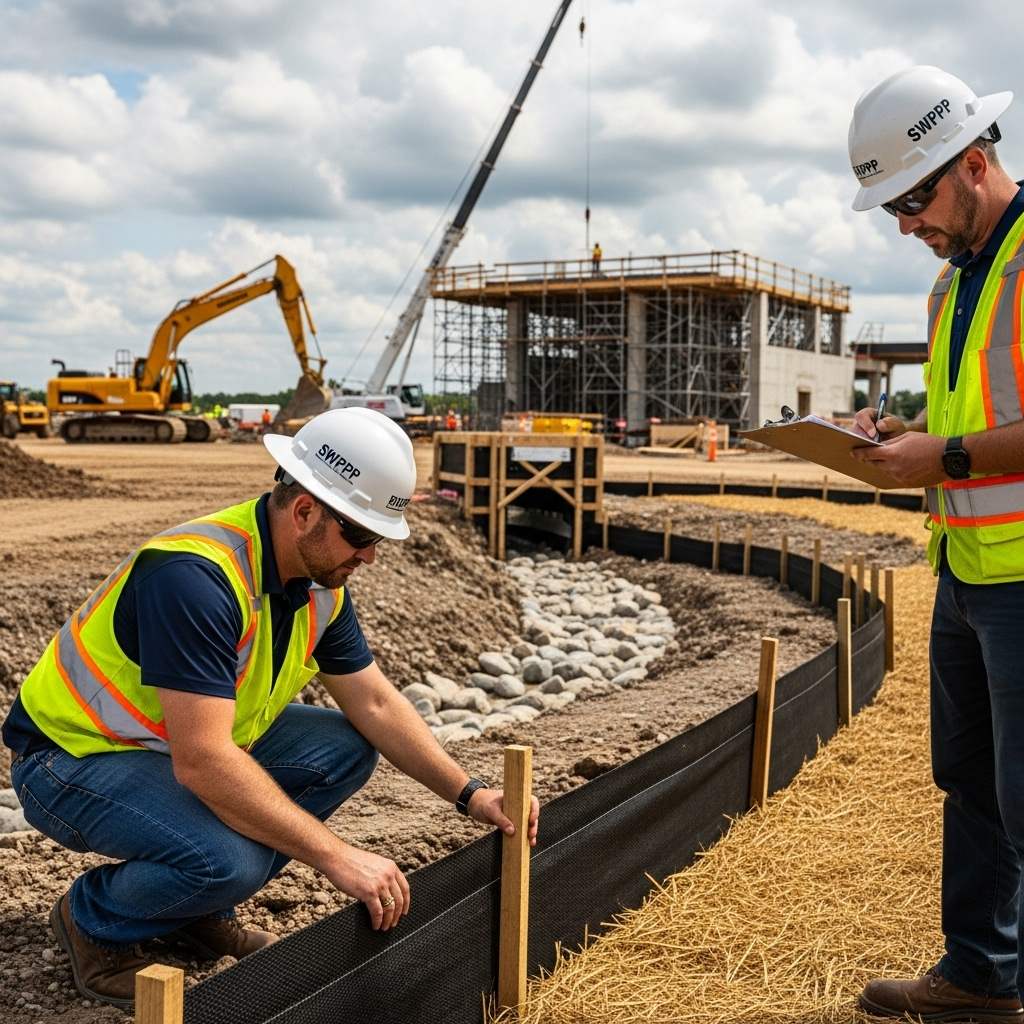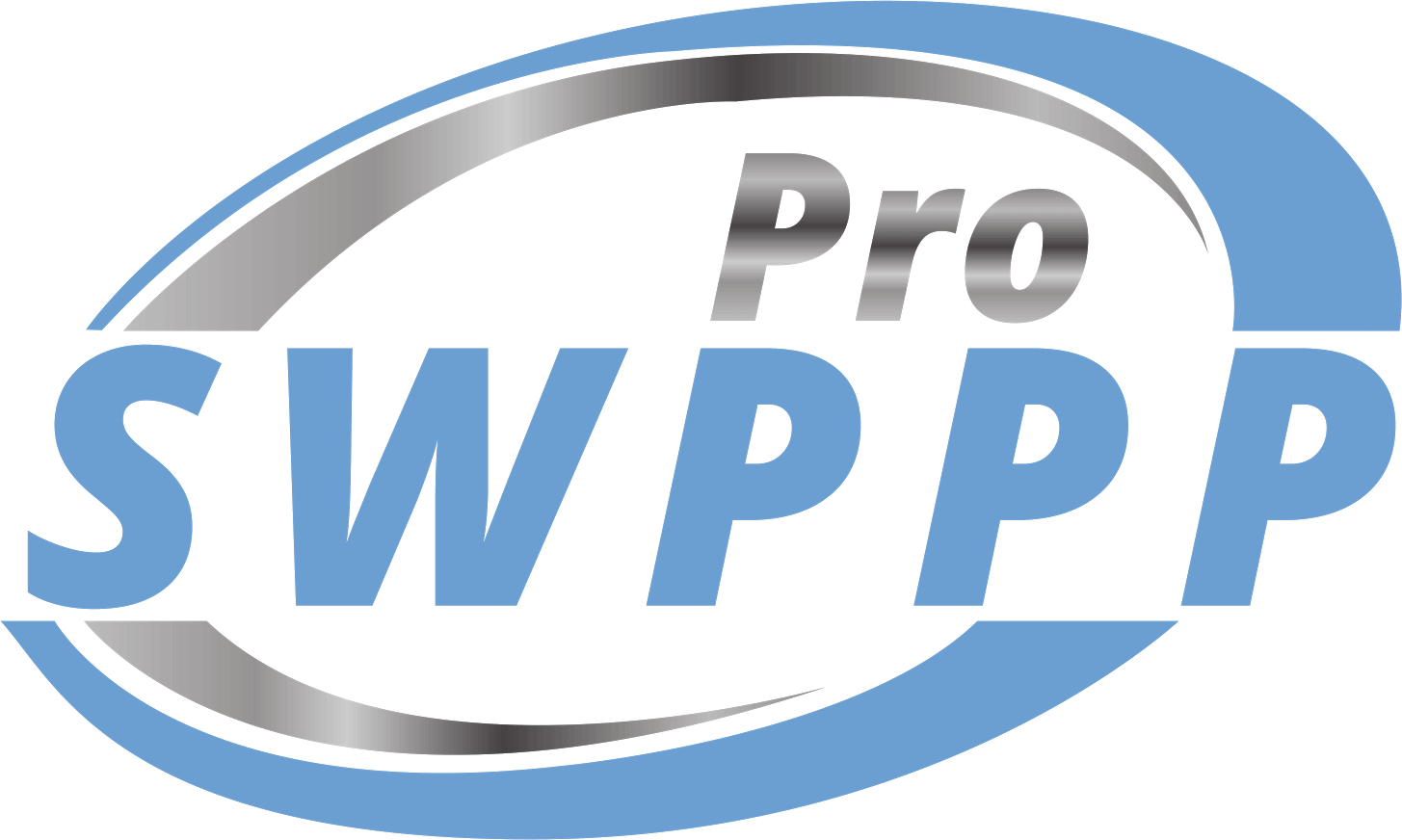If you’re planning a construction project in South Carolina that disturbs 1 acre or more of soil, you’re staring down a very real problem: stormwater compliance. The state doesn’t mess around with this stuff. Miss the requirements and you’ll face fines, project delays, and headaches that could have been avoided.
Here’s the deal – South Carolina follows federal Clean Water Act rules through the National Pollutant Discharge Elimination System (NPDES) program. The South Carolina Department of Environmental Services (SCDES) runs the show here. And they require two main things: a Notice of Intent (NOI) and a Stormwater Pollution Prevention Plan (SWPPP).
When You Need a SWPPP in South Carolina
The rules are pretty straightforward. Any construction site that disturbs 1 acre or more needs both an NOI and a SWPPP. But here’s where people get tripped up – some sites under 1 acre also need these documents if they’re near impaired waters or in the Coastal Zone.
Industrial facilities have their own set of rules. If you run a facility that could discharge pollutants into stormwater, you likely need an industrial SWPPP regardless of size. Think manufacturing plants, airports, or large commercial operations.

The Construction General Permit (CGP) covers most construction projects. Your SWPPP needs to include Best Management Practices (BMPs) for both Erosion Control and Sediment Control. This isn’t optional – it’s the law.
Two Types of SWPPPs You Need to Know About
South Carolina requires two versions of your SWPPP. First is the Comprehensive SWPPP (C-SWPPP). This must be prepared by a South Carolina-licensed professional – either an engineer, landscape architect, or Tier B land surveyor. It includes everything: project details, site maps, engineering reports, construction sequence, and all your erosion and sediment control plans.
Second is the On-Site SWPPP (OS-SWPPP). This is a condensed version that stays on your construction site. Inspectors need access to it, and it must be available within 15 minutes for linear projects. The OS-SWPPP includes your NOI, CGP coverage letter, local approvals, contractor certifications, and inspection logs.
Don’t want to mess with all the paperwork and requirements? Check out Order your SWPPP now with Pro SWPPP Professional CPESC Certified SWPPP Services.
The Notice of Intent Process
Before you can start any land disturbance, you need to submit your Notice of Intent through South Carolina’s ePermitting portal. You can’t just submit and start digging – you must wait for approval. This is where many contractors make costly mistakes.
The NOI tells the state about your project, when you plan to start, what BMPs you’ll use, and how you’ll prevent pollution. It connects your project to the statewide Construction General Permit.
Inspection Requirements That Catch People Off Guard
Here’s where compliance gets tricky. Sites 2 acres or larger need weekly inspections by qualified personnel. These aren’t casual walk-throughs – they’re documented inspections that check all your BMPs, note any problems, and track maintenance needs.
Some local jurisdictions add their own twist. Georgetown County requires electronic submission of inspection logs. Columbia has third-party inspection reporting requirements. Miss these local requirements and you’ll get violation notices fast.

Inspections must continue until you achieve 70% permanent vegetative cover and terminate your NPDES coverage. This often extends well beyond active construction.
Local Variations That Matter
State rules are just the starting point. Municipalities like Georgetown, Columbia, and Charleston often have additional requirements. These might include specific BMP standards, different inspection schedules, or unique reporting procedures.
Always check with local authorities before finalizing your SWPPP. What works in one county might not meet requirements in another. This is especially true near sensitive waters or in coastal areas.
Industrial vs Construction SWPPPs
Industrial SWPPPs work differently than construction SWPPPs. They’re “living documents” that get updated as operations change. An airport might need specific BMPs for deicing operations. A manufacturing plant needs BMPs that address their particular processes and materials.
Construction SWPPPs focus on temporary controls during active building. Once construction ends and the site is stabilized, the SWPPP requirements typically end too.
Not sure what your project needs? Take our SWPPP Quiz (link) or Schedule a Free SWPPP Consultation with CPESC Certified SWPPP Expert Derek E. Chinners.
Common Mistakes That Cost Money
The biggest mistake is treating your SWPPP like a one-time document. Site conditions change, weather happens, and BMPs need maintenance. Your SWPPP must reflect current conditions, not what you planned six months ago.
Another expensive mistake is assuming small projects are exempt. Even sub-acre sites can trigger requirements based on location and potential impacts.
Plan accessibility trips up many contractors. Your OS-SWPPP must be on-site or available within 15 minutes. “It’s back at the office” doesn’t work when inspectors show up.
Why Professional Help Makes Sense
South Carolina requires licensed professionals to prepare C-SWPPPs for good reason. These documents involve complex engineering, regulatory knowledge, and local expertise. Getting it wrong costs way more than getting it right the first time.
Professional SWPPP services understand both state and local requirements. They know which BMPs work best for different soil types, slopes, and weather patterns. They also handle the ongoing updates and revisions that keep you compliant.
If you’re working in other states, similar professional services are available. We serve most of the United States with our SWPPP services.
Technology Changes Everything
Digital tools are making SWPPP compliance easier. Electronic submission of NOIs, digital inspection logs, and cloud-based document management streamline the whole process. South Carolina’s ePermitting portal is part of this trend toward digital compliance.
Many contractors now use mobile apps for inspections, automatic reminders for maintenance, and digital photo documentation. This reduces paperwork and makes compliance tracking much easier.
SWPPP FAQs
Do I need both an NOI and a SWPPP for my South Carolina project?
Yes, if your project disturbs 1 acre or more. The NOI gets you permit coverage, while the SWPPP shows how you’ll prevent pollution. You need approval of your NOI before starting any land disturbance.
Who can prepare a SWPPP in South Carolina?
Only South Carolina-licensed professionals can prepare the Comprehensive SWPPP (C-SWPPP). This includes professional engineers, landscape architects, or Tier B land surveyors. The On-Site SWPPP can be prepared by others but must be based on the professional’s C-SWPPP.
How long do inspection requirements last?
Weekly inspections continue until you achieve 70% permanent vegetative cover and terminate your NPDES permit coverage. This often extends months beyond active construction, so budget accordingly.
What happens if I start construction without proper permits?
Starting land disturbance without NOI approval violates both state and federal law. You’ll face stop-work orders, fines, and potential legal action. Always wait for permit approval before breaking ground.
Are there different requirements for industrial facilities?
Yes, industrial facilities follow different NPDES permits and SWPPP requirements. Industrial SWPPPs are “living documents” that address ongoing operations, not just temporary construction activities.
South Carolina stormwater compliance doesn’t have to derail your project timeline or budget. Understanding when you need an NOI versus a SWPPP – and getting professional help to handle both correctly – keeps your project moving forward legally and efficiently. Pro SWPPP is America’s #1 SWPPP service, ready to handle all your South Carolina stormwater compliance needs at the drop of a hat.
